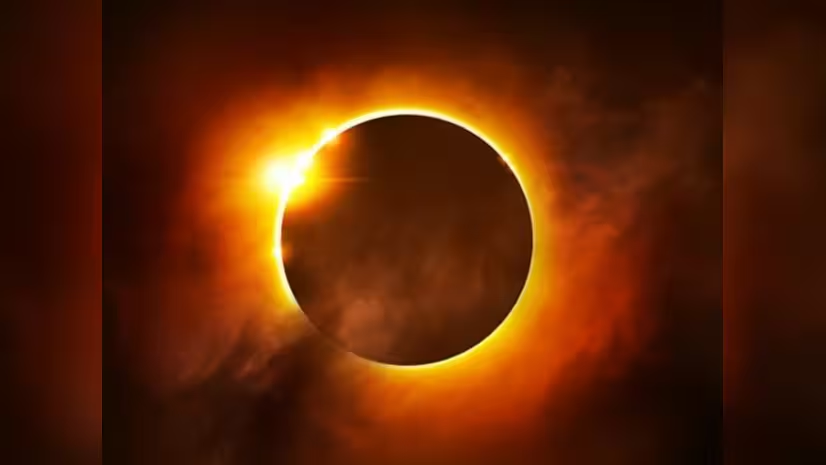Know About the Solar Eclipse
The solar eclipse of 2024 is one of the most eagerly anticipated astronomical events of the year. With the date fast approaching, skywatchers across North America are preparing for a spectacular natural phenomenon that will draw millions of people outside to witness the celestial magic. Here’s everything you need to know about the solar eclipse 2024 and what to expect during this awe-inspiring event.
What Is a Solar Eclipse?
A solar eclipse occurs when the Moon passes between the Earth and the Sun, blocking the Sun’s light either partially or completely for a short period of time. This creates a shadow that sweeps across the Earth, making the day momentarily turn into night. There are different types of solar eclipses—total, partial, and annular—and each offers a unique experience.
The Solar Eclipse of 2024
The solar eclipse 2024 will be a total solar eclipse, meaning that the Moon will completely block the Sun’s light along a specific path. This total eclipse will be visible from parts of North America, including Mexico, the United States, and Canada. It will be the first total solar eclipse to cross the U.S. from coast to coast since 2017, making it a significant event for both astronomers and the general public.
When Will the Eclipse Happen?
The eclipse 2024 will occur on April 8, 2024. The total eclipse will start in the Pacific Ocean and move across North America, crossing the United States from Texas to Maine. The totality, or the brief period during which the Sun is completely obscured by the Moon, will last for about 4 minutes and 28 seconds, depending on the location. In areas outside the path of totality, people will experience a partial solar eclipse, where only part of the Sun is covered by the Moon.
Where Can You See the Solar Eclipse 2024?
The solar eclipse 2024 will be visible across a wide swath of North America. The path of totality will cross major cities such as Dallas, Indianapolis, Cleveland, Buffalo, and Montreal. If you’re lucky enough to be in one of these areas, you’ll have the rare opportunity to experience the total eclipse, where the Sun will be completely hidden behind the Moon, and the sky will darken dramatically.
If you’re outside the path of totality, you can still see a partial eclipse, but the experience won’t be as dramatic as the total eclipse. It’s important to check local times for when the eclipse will be visible in your area, as the timing will vary depending on your location.
Safety First: How to Watch the Solar Eclipse
Looking directly at the Sun, even during an eclipse, can cause serious eye damage. To safely watch the solar eclipse 2024, you must use special eclipse glasses that meet the ISO 12312-2 international safety standard. Never use regular sunglasses, as they don’t provide enough protection. You can also use a solar viewer or a pinhole projector to watch the eclipse safely.
For those who want to capture the event on camera, make sure you use proper solar filters for your camera lens, or risk damaging your equipment. It’s also a good idea to plan ahead and find a safe viewing location, especially if you’re traveling to experience the total eclipse.
Why Is the Solar Eclipse 2024 So Special?
The solar eclipse 2024 is particularly special for several reasons. First, it’s a total eclipse that will be visible from a wide region, including major cities across North America. This makes it an extraordinary event for both casual observers and scientific enthusiasts. Additionally, the eclipse will occur during the peak of spring, which should provide excellent weather conditions in many parts of the U.S. and Canada for optimal viewing.
Moreover, the 2024 eclipse will provide a valuable opportunity for scientists and astronomers to study the Sun’s corona, the outermost layer of the Sun’s atmosphere. During the total eclipse, the Sun’s corona becomes visible, revealing important data about the Sun’s behavior, which is vital for understanding space weather and its impact on Earth.
The Next Solar Eclipse After 2024
While the solar eclipse 2024 will be a memorable event, it won’t be the last solar eclipse visible in North America. The next major solar eclipse in the U.S. will occur in August 2044, but this will only be visible in parts of the northern states. Another total solar eclipse will occur in August 2045, offering another chance to experience this breathtaking event across a broader region.
Conclusion
The solar eclipse 2024 promises to be a once-in-a-lifetime event for many people, with its path of totality offering a rare chance to witness the awe-inspiring spectacle of the Sun being completely obscured by the Moon. Whether you’re an amateur stargazer or a seasoned astronomer, this is an event you won’t want to miss. Just remember to prioritize safety and use proper eye protection while observing this incredible celestial event.
Mark your calendars for April 8, 2024, and get ready for a moment that will leave you in awe of the wonders of our universe.







1 thought on “Solar Eclipse:Everything You Need to Know More Surprising About the Solar Eclipse of 2024”